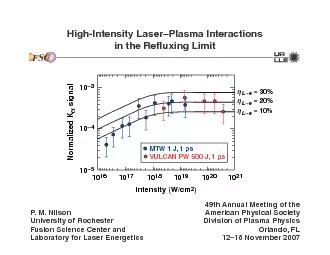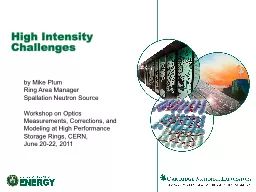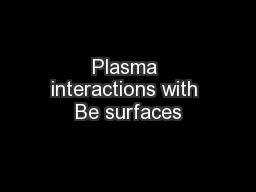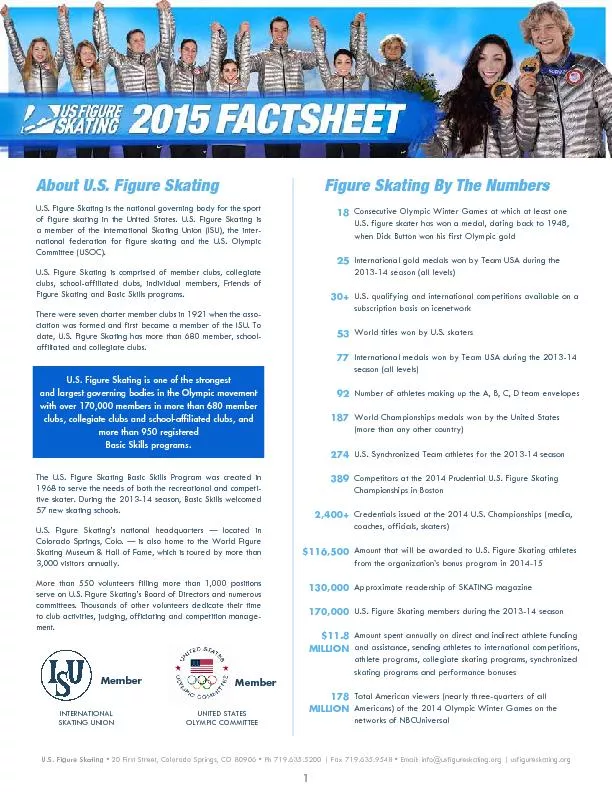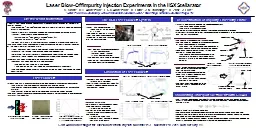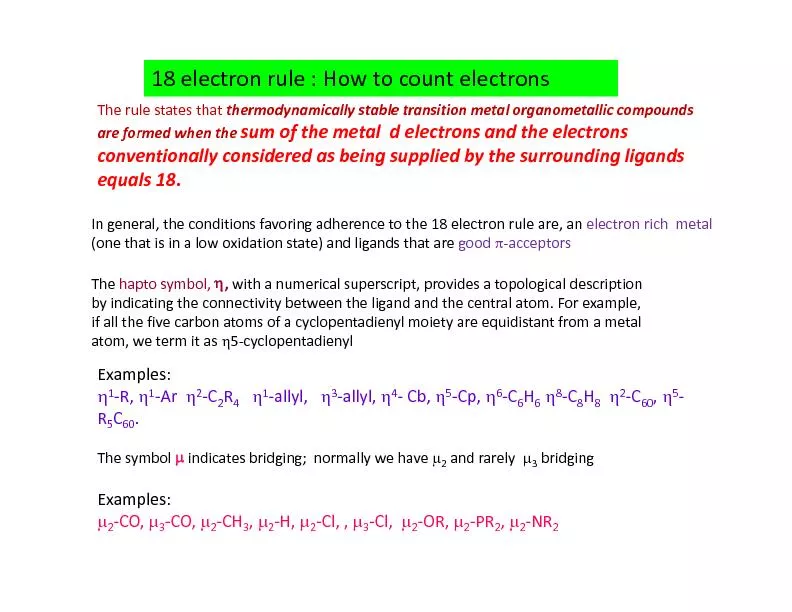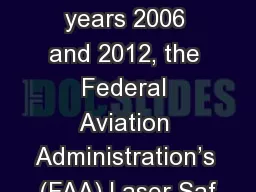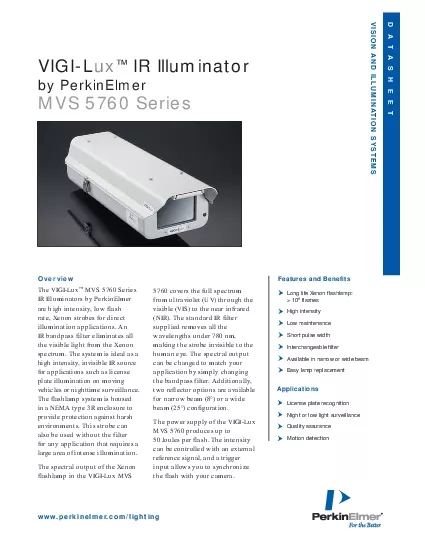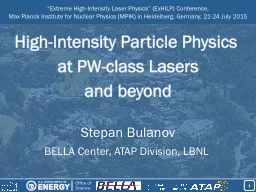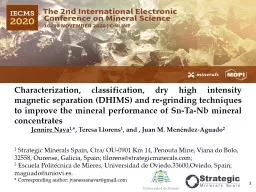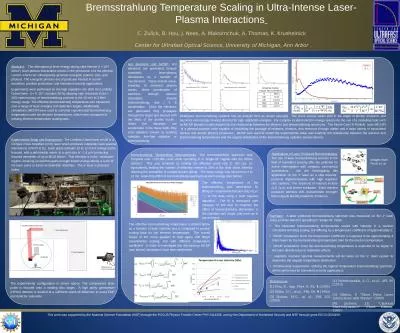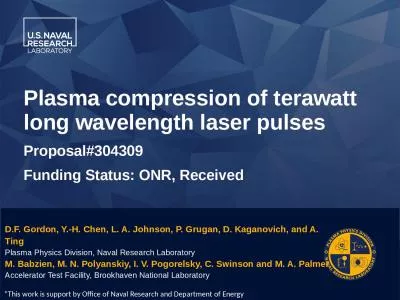PDF-High-Intensity Laser–Plasma Interactions
Author : faustina-dinatale | Published Date : 2015-10-07
in the Reuxing Limit P M Nilson University of Rochester Fusion Science Center and Laboratory for Laser Energetics 49th Annual Meeting of the American Physical Society Division
Presentation Embed Code
Download Presentation
Download Presentation The PPT/PDF document "High-Intensity Laser–Plasma Interac..." is the property of its rightful owner. Permission is granted to download and print the materials on this website for personal, non-commercial use only, and to display it on your personal computer provided you do not modify the materials and that you retain all copyright notices contained in the materials. By downloading content from our website, you accept the terms of this agreement.
High-Intensity Laser–Plasma Interactions: Transcript
Download Rules Of Document
"High-Intensity Laser–Plasma Interactions"The content belongs to its owner. You may download and print it for personal use, without modification, and keep all copyright notices. By downloading, you agree to these terms.
Related Documents

